Dubai International Airport is renowned for its sprawling duty-free shopping experience, offering everything from luxury watches to gourmet treats. Among the most sought-after items by travelers is Patchi chocolate, the Lebanese luxury brand that has become synonymous with premium gifting in the Middle East. However, savvy shoppers have noticed significant price discrepancies depending on where and how they purchase these chocolates within the airport. Understanding these variations can lead to substantial savings.
The Allure of Patchi Chocolate
Patchi has cultivated a reputation for excellence since its founding in 1974. The brand's elaborate packaging and high-quality cocoa blends make it a favorite among tourists looking for edible souvenirs. At Dubai Duty-Free, the chocolate is prominently displayed in various locations, from the main concourse shops to smaller kiosks near departure gates. The product range includes assorted gift boxes, truffles, and seasonal specialties, all positioned as luxury items.
What many travelers don't realize is that identical Patchi products may carry different price tags just meters apart. A medium-sized assorted box could cost 120 AED at one outlet and 95 AED at another within the same terminal. These inconsistencies aren't always immediately apparent, as shoppers rushing to catch flights often grab the first available option without comparing prices.
Uncovering the Price Discrepancies
A detailed comparison of Patchi's airport pricing reveals several interesting patterns. The main duty-free megastore near the central shopping area tends to have the highest markups, sometimes 15-20% more than smaller satellite stores. This appears to be a deliberate strategy capitalizing on higher foot traffic from passengers with limited time to explore alternatives. Meanwhile, shops located near less congested gates frequently offer better deals, possibly to attract customers away from the main thoroughfares.
Seasonal fluctuations further complicate the pricing landscape. During peak travel periods like Eid or Christmas, prices generally increase across all outlets. However, some stores implement steeper hikes than others. Interestingly, the week following major holidays often sees temporary price reductions at select locations as the airport attempts to clear excess inventory. Observant travelers can capitalize on these timing nuances.
The Online Advantage
Dubai Duty-Free's online shopping platform presents another layer to the pricing puzzle. Passengers who pre-order Patchi chocolates through the airport's website frequently secure better rates than those purchasing in person. The digital platform sometimes runs exclusive promotions not available at physical stores, including bundle deals or free gift wrapping services. Additionally, online shoppers avoid the last-minute rush and can browse the complete product range at their leisure.
This e-commerce advantage does come with certain limitations. Some specialty items or limited-edition collections remain exclusive to physical stores. There's also the consideration of collection timing - orders must be placed with sufficient lead time before flights. For travelers who plan ahead, the online option consistently proves more economical, but spontaneous buyers will need to navigate the in-person pricing maze.
Currency and Payment Factors
The method of payment can influence the final price travelers pay for Patchi chocolates. While all prices are displayed in UAE dirhams, currency exchange rates at airport kiosks often work against customers using foreign credit cards. Those paying with cards that charge international transaction fees may see an effective price increase of 3-5% after bank conversions. Cash payments in dirhams tend to yield the most favorable terms, especially if the currency was obtained outside the airport where exchange rates are typically better.
Loyalty programs add another dimension to the cost calculation. Dubai Duty-Free's frequent shopper club offers point accumulation that can lead to significant savings on future purchases. For visitors who transit through Dubai regularly, strategically timing Patchi purchases to maximize point benefits can result in getting premium chocolates at nearly wholesale prices over time. The program's tiered structure means big spenders access increasingly better rewards.
Regional Pricing Strategies
Comparing Dubai's airport Patchi prices to those in other Middle Eastern hubs reveals insightful regional strategies. Generally, Dubai maintains slightly higher prices than Bahrain or Qatar's duty-free shops but undercuts major European airports. This positioning appears intentional - high enough to preserve the brand's luxury image but competitive enough to discourage shopping elsewhere. The price difference between Dubai and non-airport Patchi boutiques in the city can reach 30%, creating a perception of airport bargains that may not always hold up under scrutiny.
Manufacturer involvement in these pricing decisions remains unclear. While Patchi maintains strict control over product quality and presentation, the company may allow retailers some flexibility in final pricing to accommodate different operational costs. This could explain why identical products carry different tags within the same airport. What's certain is that the brand benefits from the overall exposure, regardless of which specific outlet makes the sale.
Smart Shopping Strategies
Seasoned Dubai travelers have developed techniques for securing the best Patchi deals. Many recommend doing a quick walkthrough of available shops before committing to a purchase, as the time investment often pays off. Others suggest splitting orders between different outlets to take advantage of specific promotions at each location. Checking the airport's mobile app for real-time offers has also proven effective, though requires advance download as airport WiFi can be unreliable.
The most consistent advice from frequent flyers centers on avoiding last-minute purchases at gates. These convenience-oriented kiosks typically have the highest markups, preying on time-pressed passengers. Instead, allocating twenty minutes to compare options in the main shopping areas typically yields better value. For those with lounge access, some premium credit cards offer additional discounts that can be applied to chocolate purchases, creating yet another pricing variable to consider.
The Bigger Picture
These pricing variations reflect broader retail dynamics at major airports worldwide. Dubai Duty-Free operates like a miniature city with complex leasing arrangements and sales targets that inevitably trickle down to product pricing. The Patchi chocolate case exemplifies how even standardized luxury goods become subject to the unique economics of airport commerce. For retailers, the priority becomes balancing profitability with customer satisfaction in an environment where many buyers are one-time visitors.
From the consumer perspective, awareness of these pricing strategies transforms routine souvenir shopping into a more calculated endeavor. The difference of a few dirhams per box might seem insignificant, but for travelers purchasing multiple gifts, the savings can cover other trip expenses. More importantly, understanding these patterns allows passengers to make informed choices rather than falling victim to common airport retail tactics designed to encourage impulse buying at premium prices.
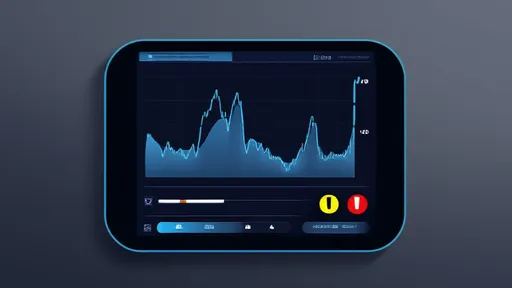
By /Aug 4, 2025

By /Aug 4, 2025

By /Aug 4, 2025
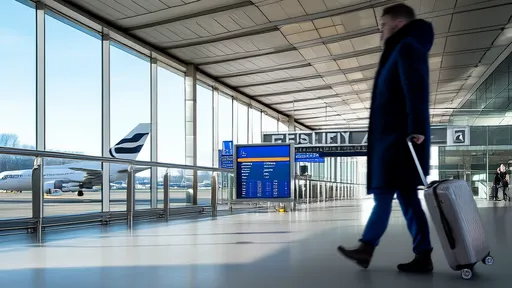
By /Aug 4, 2025

By /Aug 4, 2025

By /Aug 4, 2025
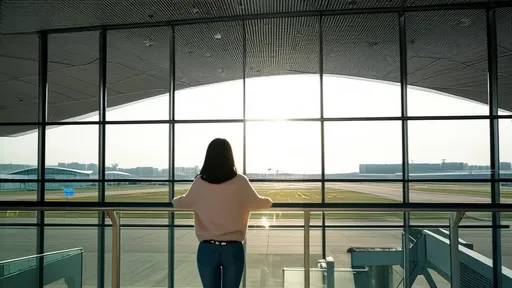
By /Aug 4, 2025

By /Aug 4, 2025

By /Aug 4, 2025

By /Aug 4, 2025

By /Aug 4, 2025

By /Aug 4, 2025

By /Aug 4, 2025
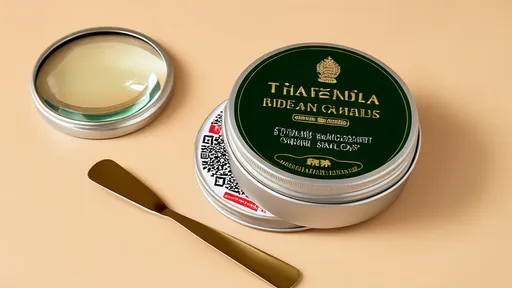
By /Aug 4, 2025

By /Aug 4, 2025
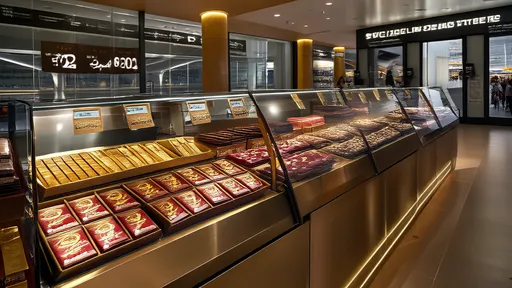
By /Aug 4, 2025

By /Aug 4, 2025
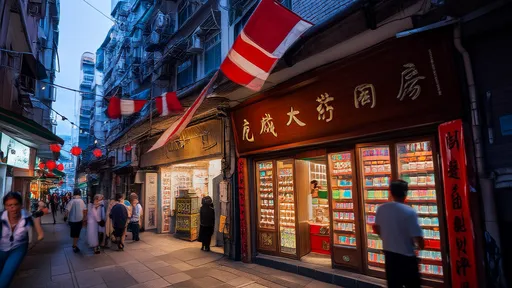
By /Aug 4, 2025

By /Aug 4, 2025
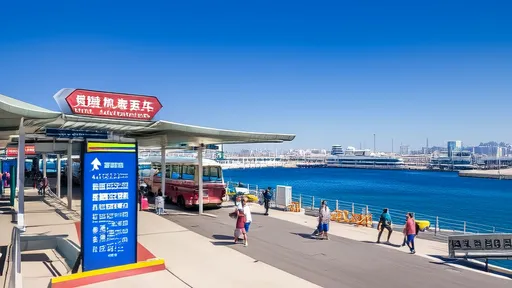
By /Aug 4, 2025